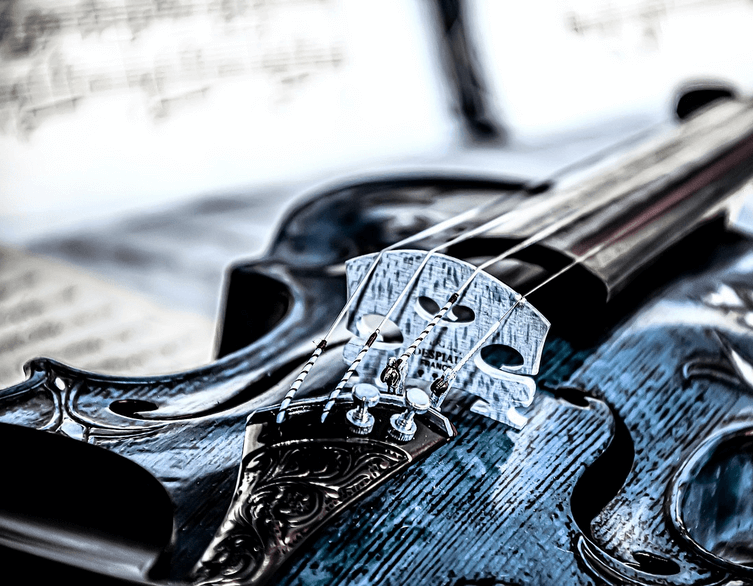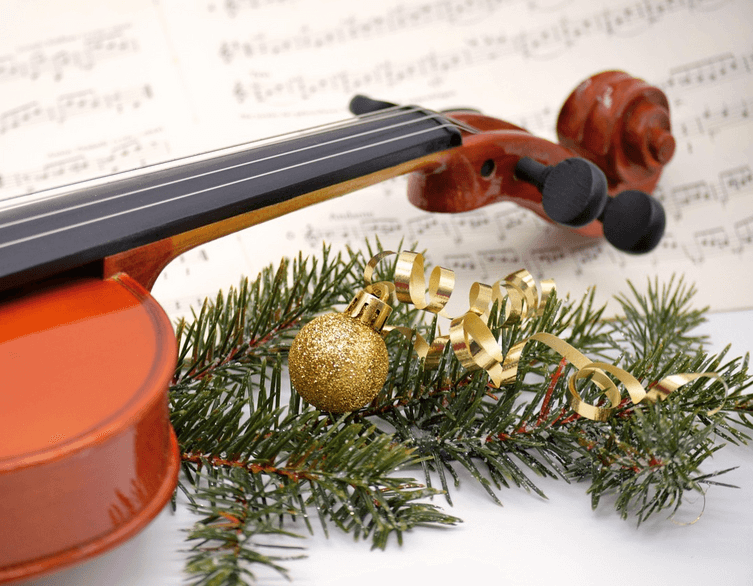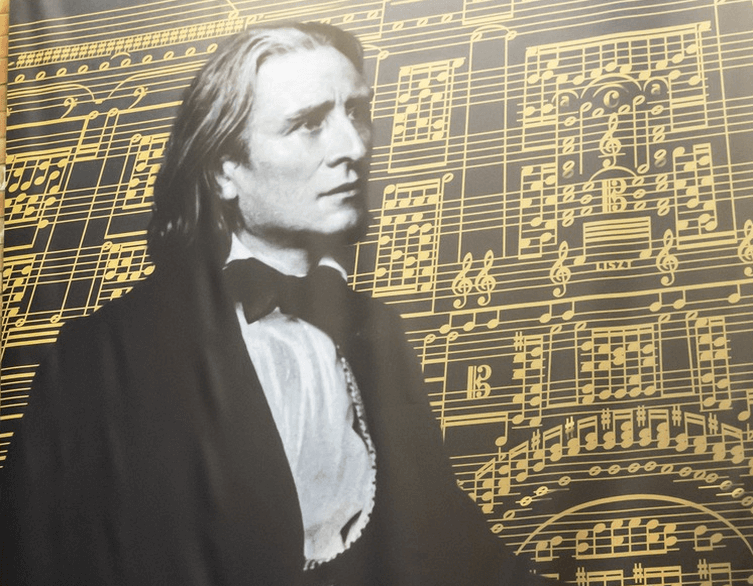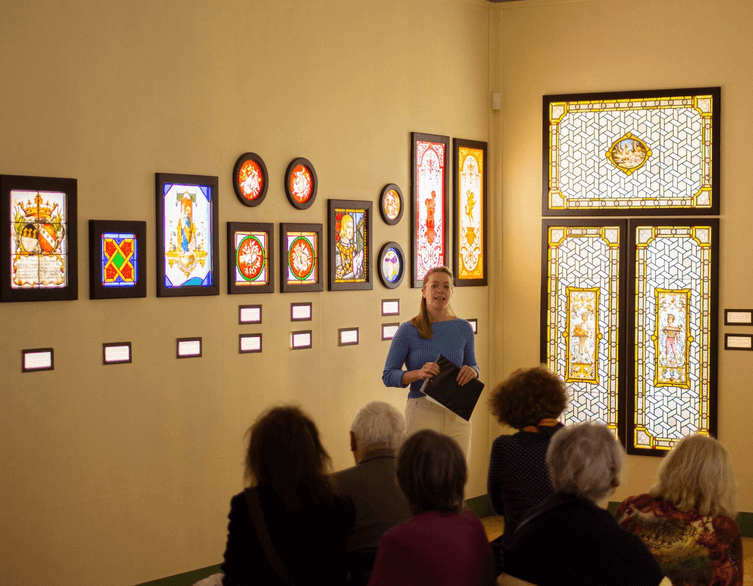The Liszt Academy of Music: Budapest’s Crown Jewel of Art Nouveau Architecture and Musical Heritage
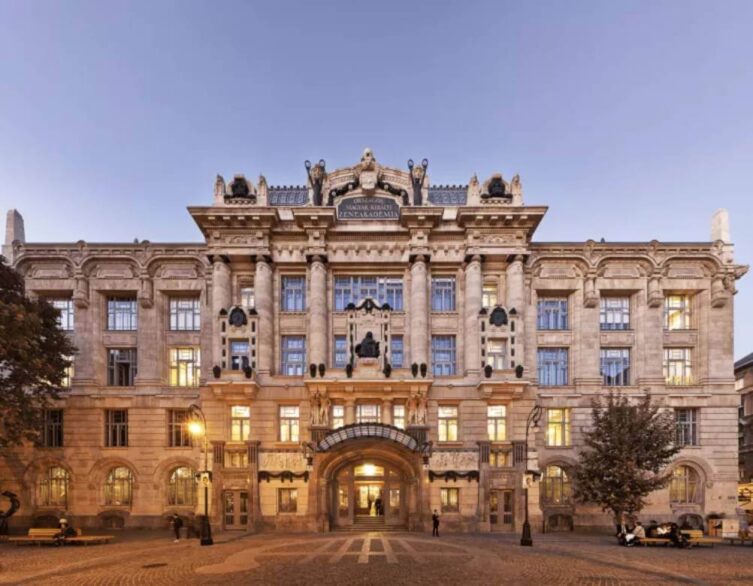
Standing majestically on Liszt Ferenc Square since 1907, the Liszt Academy of Music represents one of Europe’s most significant cultural institutions and architectural masterpieces. This remarkable building serves as both a living monument to musical excellence and a testament to the visionary dreams of Franz Liszt himself, who founded this institution 150 years ago in 1875.
The Historical Foundation: From Dream to Reality
Franz Liszt’s Educational Vision
The Academy’s origins trace back to the transformative period of 19th-century Hungary, when the rising bourgeoisie created unprecedented demand for sophisticated cultural institutions. While secondary music education had existed since the 1840s at the National Conservatory in Pest, there was no higher music education available in the country until Franz Liszt’s increasing presence in Budapest provided the perfect catalyst for change.
The path to establishing this institution began in 1869 when parliament member Antal Csengery proposed creating a College of Drama and Music, supported by influential music critic Kornél Ábrányi. Minister of Public Education Ágoston Trefort, a passionate advocate for the arts, recognized the importance of establishing this national academy and convened a committee whose decisions Franz Liszt welcomed in his encouraging letter from Weimar on May 7, 1873.
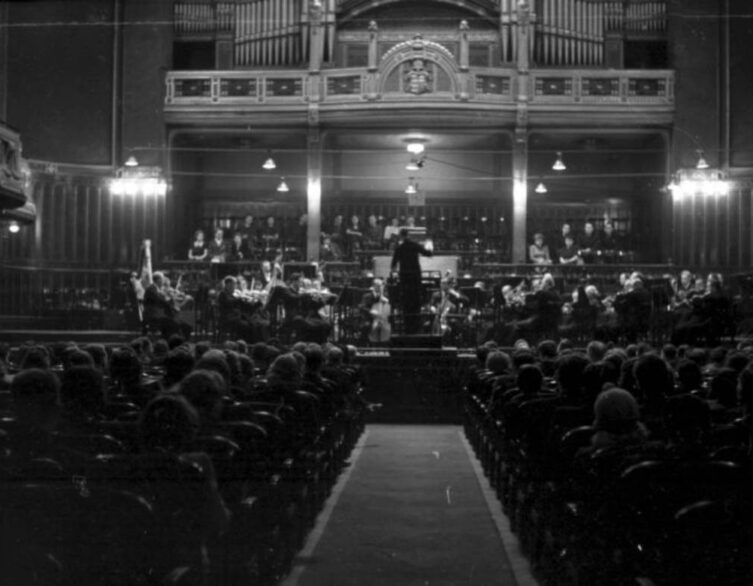
Sorce: Fortepan / Tivadar Lissák
Despite initial financial difficulties and Liszt’s own doubts about the project’s viability, the National Hungarian Royal Academy of Music officially opened its doors on November 14, 1875, at 4 Hal Square. The institution began modestly with Franz Liszt as president and Ferenc Erkel as director, welcoming just 38 students and 5 teachers offering instruction in 8 subjects.
The Early Years and Liszt’s Personal Involvement
Franz Liszt initially hesitated about returning from Italy for the opening ceremony, harboring concerns about the institution’s prospects for success. However, his commitment to musical education ultimately prevailed, and he arrived in Pest on February 15, 1876, beginning his teaching duties on March 2. Taking personal responsibility for the highest level of piano instruction, Liszt transformed his 16-room residence at Hal Square into both an academic center and a cultural salon.
His famous matinees and social events became legendary throughout Europe, attracting writers, artists, and musicians who gathered to experience the master’s artistry and wisdom. These brilliant soirées established the Academy’s reputation far beyond Hungary’s borders, creating a cultural magnetism that would define the institution for generations.
Institutional Evolution and Growth
After four years at Hal Square (later demolished during Elizabeth Bridge construction), the Academy moved in 1879 to a magnificent three-story Neo-Renaissance building on Andrássy Avenue designed by Adolf Láng. This location, now the Ferenc Liszt Memorial and Research Center, featured Liszt’s presidential residence on the first floor with direct access to the concert hall, while director Ferenc Erkel occupied the second floor.
Under the leadership of Ödön Mihalovich, who served as director from 1887 to 1919, the Academy experienced unprecedented expansion and development. During his 32-year tenure, the institution systematically added new departments, including wind instruments, brass, and specialized teacher training programs. This period saw the enrollment of future musical legends including Zoltán Kodály, Béla Bartók, Jenő Hubay, Dávid Popper, and Leó Weiner.
Architectural Masterpiece: The 1907 Art Nouveau Palace
From Vision to Reality
By the early 1900s, the Academy had dramatically outgrown its Andrássy Avenue home, leading to the commissioning of the first purpose-built Academy structure. The architectural competition was won by Flóris Korb and Kálmán Giergl, two visionaries who created one of Europe’s most sophisticated examples of Art Nouveau architecture between 1904 and 1907.
The building’s design emerged from intense debates between traditionalists favoring neo-baroque styling and modernists advocating for contemporary approaches. The final result represents a unique fusion that combines elements from ancient Assyrian and Egyptian architecture with the flowing lines of the Vienna Secession movement, creating an architecturally extraordinary synthesis that has captivated visitors for over a century.
Engineering Innovation and Craftsmanship
The construction process pioneered reinforced concrete technology in Hungary, with engineer Szilárd Zielinski creating structural solutions that continue to impress modern engineers. Remarkably, this innovation occurred without contemporary conveniences such as concrete mixers, pumps, or computer modeling – the entire project relied on horse-drawn carts delivering materials and hand-mixed concrete prepared on site.
Best deals of Budapest
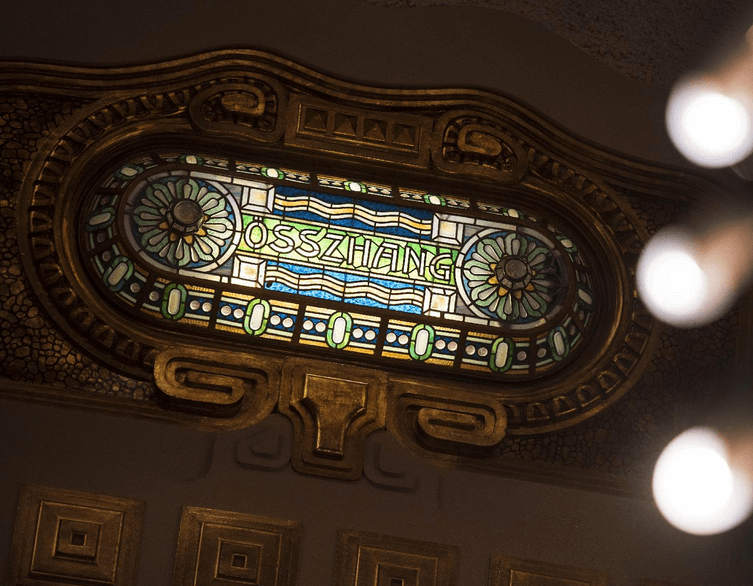
Source: Liszt Academy of Music
The building’s construction involved collaboration with the era’s most prominent craftsmen and artisans. The renowned Zsolnay company executed the intricate floor and wall coverings, while master craftsman Miksa Róth created the stunning stained glass windows that filter light throughout the interior spaces. The iconic Liszt statue positioned above the main entrance was sculpted by Alajos Stróbl, one of Hungary’s most celebrated artists of the period.
Iconographic Program: Music Made Visible
The building’s decorative scheme represents far more than aesthetic embellishment – it constitutes one of Europe’s most sophisticated iconographic programs where architectural elements, materials, colors, and symbolic representations combine to create a unified narrative. This complex system transforms the Academy into a temple where music becomes visible through carefully orchestrated mythological and symbolic elements.
The Building’s Core Functions and Spaces
The Grand Hall: Apollo’s Sacred Grove
The Academy’s crown jewel remains the legendary Grand Hall (Nagyterem), a 1,050-seat concert venue renowned worldwide for its exceptional acoustics and stunning visual program. This space represents the culmination of the building’s iconographic narrative, transforming visitors into participants in Apollo’s sacred grove on Delos island.
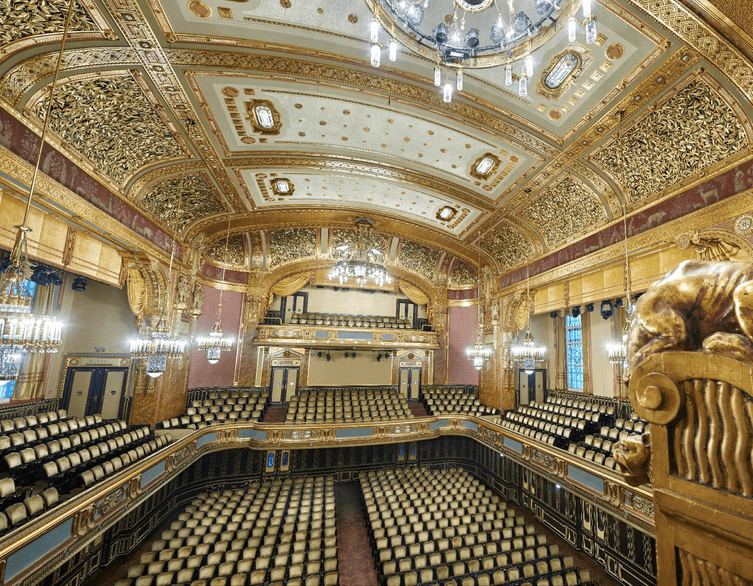
Source: Liszt Academy of Music
The hall’s decorative scheme creates an immersive environment where laurel trees extend from black roots at ground level through green trunks on the walls to golden crowns adorning the vaulted ceiling. This creates the sensation of sitting within a sacred forest, with dappled shadow patterns cast across the side walls, while the golden coloring symbolizes both the tree roots and Apollo’s beloved Daphne, who transformed into a laurel tree to escape the god’s pursuit.
The space functions as a temple where concerts become religious ceremonies, guided by Latin inscriptions “Favete lingvis” (maintain ritual silence) and “Sursum corda” (lift up your hearts) that remind audiences of the sacred nature of musical performance. The iconographic program extends beyond Apollo to incorporate Egyptian solar deity attributes – sun discs, obelisks, and pyramidions – while Franz Liszt himself appears as the high priest mediating between divine realms.
The Historic Voit & Söhne Organ
A magnificent 23-ton Voit & Söhne organ, originally installed in 1907, serves as both musical instrument and architectural focal point. This remarkable instrument, transported by rail from Germany, dominated the Grand Hall’s acoustic landscape until falling silent in 1967 when a replacement organ was installed behind its historic façade.
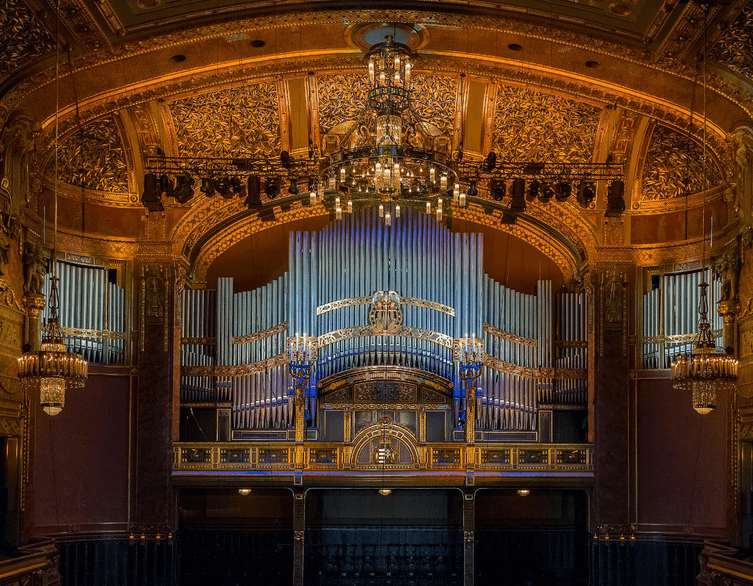
Source: Liszt Academy of Music
The organ’s restoration to active use in October 2013 marked a triumphant return to the hall’s original conception. Visitors can now experience the instrument’s extraordinary capabilities through regular concert programming that spans from baroque masterpieces to contemporary compositions, allowing the Grand Hall’s legendary acoustics to be heard as originally intended.
Solti György Chamber Hall: Renaissance Reborn
The Solti György Chamber Hall represents perhaps the most dramatic success story of the Academy’s restoration process. Previously dismissed as the “scorned little sibling” due to poor acoustics and austere atmosphere, this intimate venue has been completely transformed into one of Europe’s premier chamber music and opera spaces.
The hall’s original splendor was hidden beneath decades of modifications and misguided renovations. The restoration process revealed magnificent Art Nouveau ceiling decorations concealed under multiple paint layers and enabled the reconstruction of the original two massive crystal chandeliers that had been removed in the early years due to maintenance difficulties.
Most significantly, the restoration rebuilt the orchestra pit and rigging loft that had been eliminated in the 1960s when a modernist “concert shell” was installed. This functional restoration returned the hall’s capacity for fully staged chamber opera productions, fulfilling its original 1907 purpose and creating new possibilities for baroque and contemporary chamber works that require intimate theatrical settings.
Educational Mission and University Functions
Beyond its role as a concert venue, the Academy continues its primary mission as Hungary’s premier institution for musical education. The building houses comprehensive educational facilities including practice rooms, masterclass studios, ensemble rehearsal spaces, and specialized teaching areas for every orchestral instrument, voice, composition, and musicology.
The institution’s academic programs span from undergraduate through doctoral levels, maintaining the highest international standards while preserving Hungarian musical traditions. Students benefit from studying in spaces where musical legends once learned and taught, creating an unbroken chain of artistic transmission that links contemporary musicians directly to the Academy’s founding generation.
Musical Library and Archives
The Academy houses Hungary’s most comprehensive musical collection, featuring nearly 500,000 scores, 70,000 books, 100 different periodicals, approximately 6,000 CDs, and 1,500 DVDs. This extraordinary repository serves as both teaching resource and research center, supporting scholarly investigation into Hungarian musical heritage and international repertoire.
While lending privileges are restricted to university personnel, students, and professional musicians, the collection remains accessible to researchers and serious music enthusiasts who wish to study on-site. The library’s holdings include rare manuscripts, first editions, and archival materials that document the Academy’s 150-year history and Hungary’s broader musical development.
The Restoration Process: Bringing Back Original Splendor
Comprehensive Reconstruction Project
Between 2011 and 2013, the Academy underwent the most comprehensive restoration in its history, largely funded by European Union regional development funds. This massive undertaking addressed both visible deterioration and hidden structural problems while returning the building to its original 1907 appearance.
The restoration process required unprecedented research into the building’s original decorative schemes, materials, and construction techniques. Restoration specialists discovered multiple layers of paint and modifications that had obscured original decorative elements, requiring painstaking analysis to determine authentic colors, patterns, and artistic details.
Structural and Technical Innovations
The renovation addressed fundamental structural issues while incorporating state-of-the-art climate control and acoustic systems designed to preserve both the building’s historic character and its exceptional acoustic properties. The project restored original heating and ventilation systems while adding modern safety and accessibility features required for contemporary public use.
Perhaps most remarkably, the restoration maintained the Grand Hall’s legendary acoustics while updating all technical systems. This delicate balance required extensive acoustic modeling and testing to ensure that no modifications would compromise the hall’s renowned sound quality that has made it a preferred venue for international recording artists.
International Recognition and Awards
The restoration project’s success earned prestigious international recognition, including the Europa Nostra Grand Prix in 2015 for cultural heritage preservation. This award acknowledged not only the technical excellence of the restoration work but also its significance in preserving one of Europe’s most important cultural monuments.
The Academy also received the Red Dot Design Award for its exceptional restoration work, further cementing its reputation as a model for heritage preservation projects worldwide. These accolades reflect the project’s success in balancing historical authenticity with contemporary functionality.
Visitor Information: Experiencing the Academy
Guided Tour Options
The Academy offers multiple touring options designed to accommodate different interests and group sizes. Individual visitors can join guaranteed tours in Hungarian and English, featuring 50-minute explorations that conclude with intimate mini-concerts performed by Academy students. These performances allow visitors to experience the halls’ legendary acoustics while witnessing the Academy’s educational mission in action.
Group tours accommodate between 9 and 36 people and are available in eight languages: Hungarian, English, German, French, Italian, Spanish, Russian, and Romanian. These specialized tours can be customized to focus on particular aspects of the building’s history, architecture, or musical heritage, with optional mini-concerts available for enhanced experiences.
Family Programs and Educational Tours
The Academy’s “Music Labyrinth” program offers specially designed 30-minute tours for elementary school children and families. These interactive experiences encourage young visitors to test the Grand Hall’s acoustics with their own voices, discover where the “spirit of music” lives within the Academy, and enjoy age-appropriate musical performances. Tours conclude with viewing a spectacular LEGO model of the Academy built from 20,000 pieces, providing a unique perspective on the building’s architectural complexity.
Educational programs extend beyond basic touring to include workshops, masterclasses, and special events designed to deepen understanding of musical education and performance. These programs serve schools, youth organizations, and cultural groups seeking comprehensive educational experiences.
Ticketing and Practical Information
Tour tickets can be purchased at the Academy’s box office or online through the institution’s website. The building offers various accessibility options and provides 50% discounts for students with valid identification, people with disabilities and their companions, and group leaders accompanying student groups. Combination discounts of 10% are available when purchasing concert tickets along with building tours or Liszt Museum admissions.
The Academy remains closed during daytime teaching hours but opens one hour before evening concerts, allowing concert-goers to explore the building’s public spaces. Visitors should contact the tourism office for detailed scheduling information and special arrangements.
Concert Programming and Performance Opportunities
Since reopening in 2013, the Academy has hosted internationally renowned artists including Brad Mehldau, Steve Reich, Isabelle Faust, Joshua Bell, and Steve Isserlis. The venue successfully balances its educational mission with its role as a world-class concert hall, offering students unique opportunities to learn from masters through concerts, masterclasses, and collaborative workshops.
Regular programming includes orchestral concerts, chamber music performances, solo recitals, and opera productions that showcase both student achievements and visiting artist collaborations. The restored organ features prominently in specialized concerts that highlight the instrument’s capabilities and the Grand Hall’s acoustic excellence.
A Living Legacy: The Academy’s Continuing Impact
As the Liszt Academy approaches its 150th anniversary in 2025, it stands as both Hungary’s musical crown jewel and one of the world’s most significant conservatories. This unique institution represents a rare convergence of architectural magnificence, musical heritage, and living culture where Franz Liszt’s original vision continues inspiring new generations of musicians and music lovers.
The Academy’s influence extends far beyond its historic walls through the achievements of its alumni, who include György Solti, Antal Doráti, Sándor Végh, András Schiff, Dezső Ránki, and Zoltán Kocsis among countless others who have shaped international musical life. Contemporary innovators including György Kurtág and Péter Eötvös maintain active connections with the institution, ensuring its continued relevance in 21st-century musical development.
For visitors to Budapest, the Academy offers an unparalleled opportunity to step inside a functioning piece of musical history where the walls themselves seem to resonate with echoes of legendary performances. Whether experiencing the building’s architectural splendor through guided tours, attending world-class concerts in acoustically perfect halls, or witnessing student performances that represent the future of classical music, the Liszt Academy provides an unforgettable encounter with Hungary’s cultural soul and the enduring legacy of one of music’s greatest figures.
The successful restoration and continued vitality of this remarkable institution demonstrate that historic buildings can maintain their original purposes while adapting to contemporary needs. As both museum and living educational institution, concert venue and cultural monument, the Liszt Academy embodies the principle that great architecture achieves immortality not through preservation alone, but through continued use for the purposes that inspired its creation.
Related news
Related events
Related attractions

